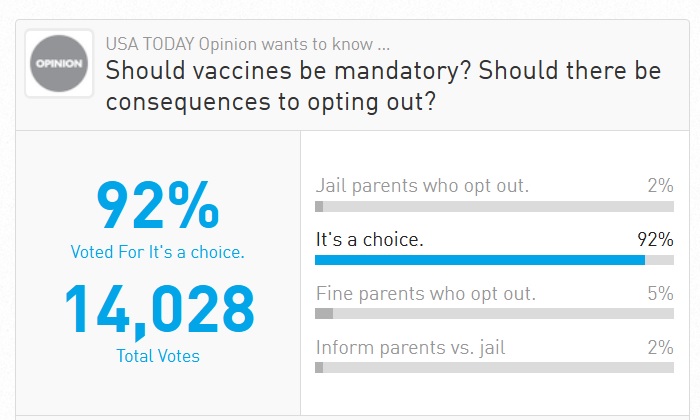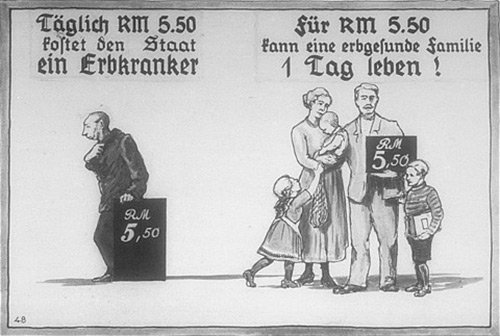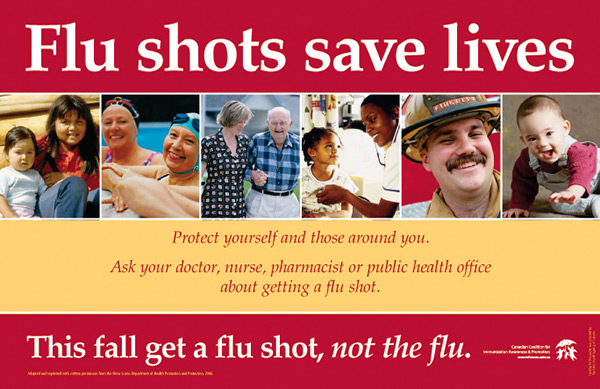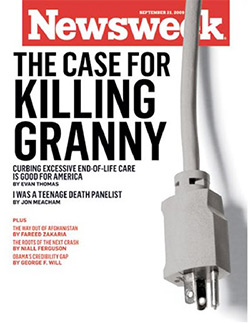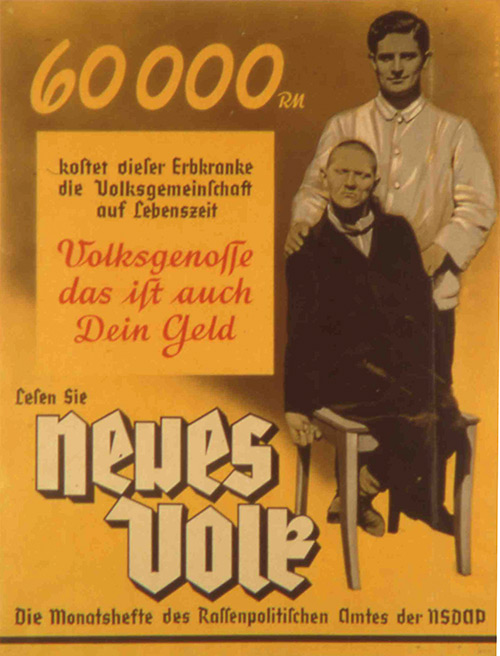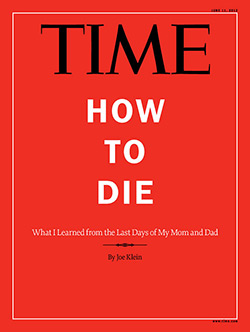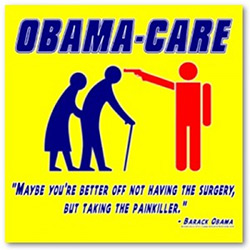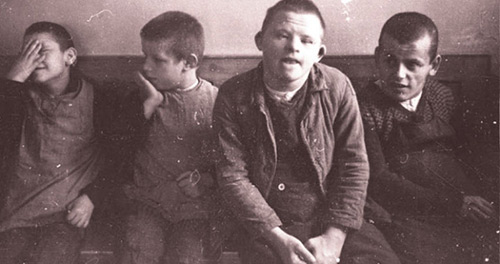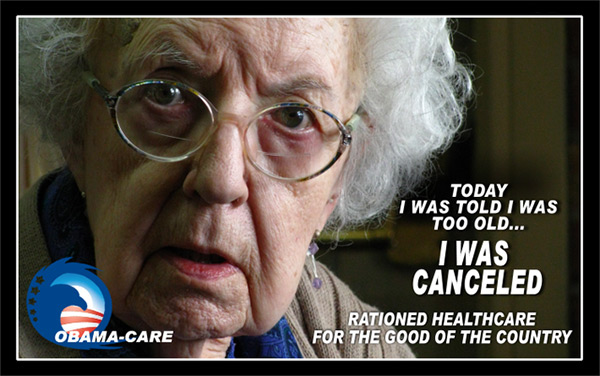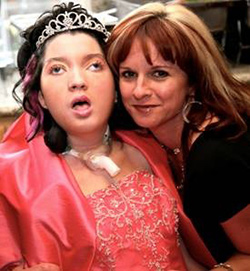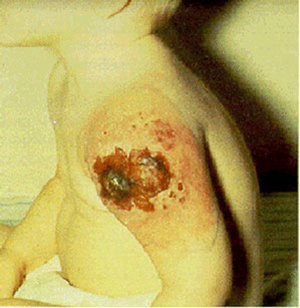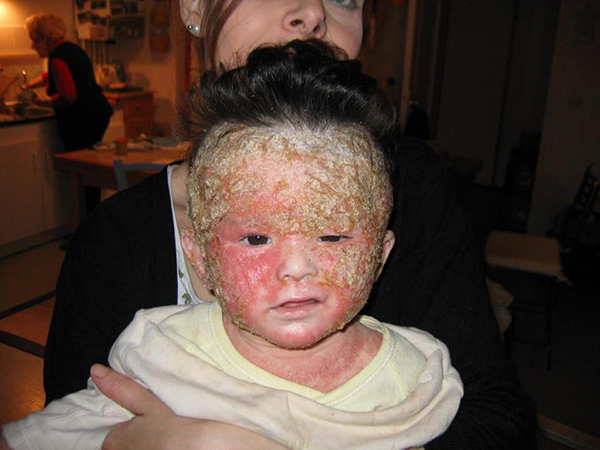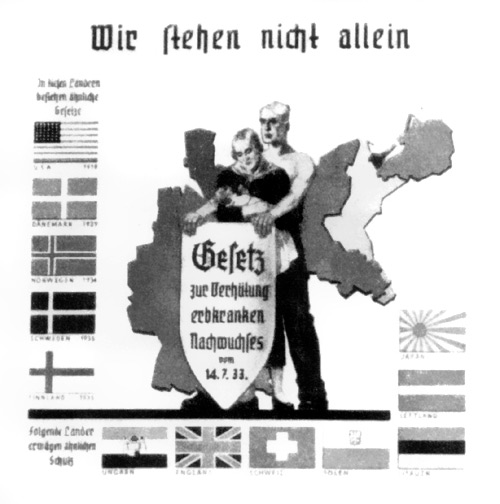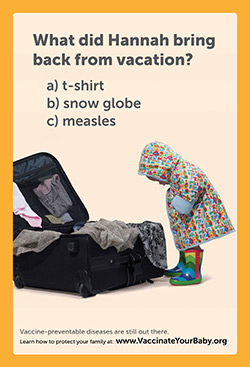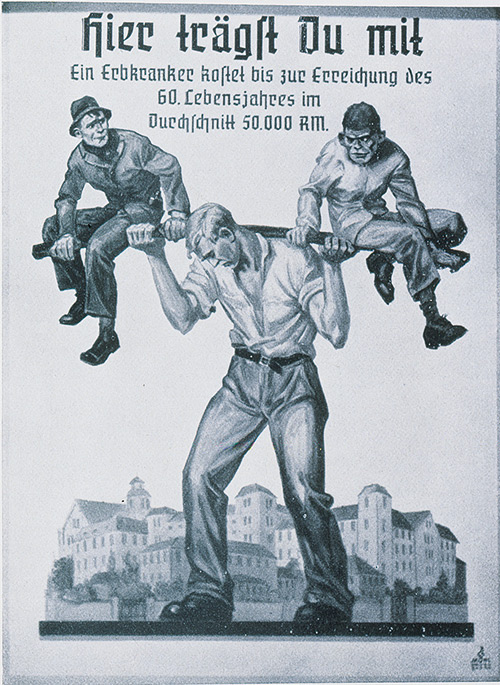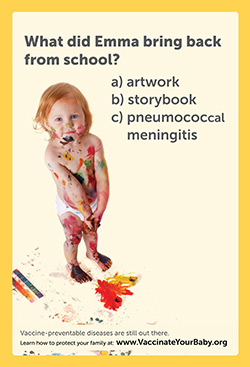UN Unveils Plan For American Advertisement Guidelines
Published: February 23, 2015
Fat kids are serious business. So serious, in fact, that the United Nations is urging countries to let its bureaucrats micromanage what foods are allowed to advertise on TV.
The European branch of the World Health Organization (WHO), the health arm of the U.N., is trying to stop childhood obesity by urging countries to adopt an international blueprint that would ban almost all food advertisements targeted at children and place substantial regulatory influence in the hands of the UN.
Advocates of advertising restrictions argue that children learn to identify brands early in childhood, and that those who see lots of junk food advertising ultimately eat more of it and wind up becoming obese in higher numbers.
The WHO’s international bureaucrats believe that abolishing food marketing towards children is a helpful step to rolling back obesity, and last week’s announcement complained that individual governments are not acting fast enough to please them.
“Despite progress in some countries, government action to restrict such marketing remains less than optimal,” the group’s announcement said. That is simply unacceptable, and WHO officials hope that by taking care of all the actual work in deciding what foods to ban, national governments will more easily follow their lead.
With that in mind, last week, WHO’s Regional Office for Europe released a “nutrient profile model” that it recommends as the model for how countries go about deciding what foods should be locked out of advertising to children. Such a model is currently only used in a handful of countries, including Norway, the U.K. and Denmark, but WHO is hoping that with its nudging more countries will imitate these policies.
The exhaustive model breaks foods into 17 different groups, ranging from processed fruits and vegetables to cheese. Each category is evaluated on its nutritional content per 100g of food. Foods that exceed thresholds for sugar, fat, salt or calories would be barred from any marketing that would increase the food’s appeal to children. For example, a cheese would fall under the ban if it contains at least 20g of fat or 1.3g of salt per 100g.
If adopted, the model would totally prohibit all advertisements for chocolate, candy, cake, sugary soda, ice cream and fruit juice. The only foods subject to no restrictions whatsoever are meats fresh fruits, poultry and vegetables.
While that level of suppression may strike some as a heavy dose of statism, especially when pushed by a transnational organization, WHO argues that it’s long overdue.
“Given the current epidemic of childhood obesity across Europe, there is no justification for marketing products that have little nutritional value and contribute to unhealthy diets,” WHO official Dr. Gauden Galea said in the organization’s statement. “The tool that we are offering to countries to adapt and use would protect children from the harmful effects of marketing of foods high in energy, saturated fats, trans fatty acids, free sugars and salt.”
Content created by The Daily Caller News Foundation is available without charge to any eligible news publisher that can provide a large audience. For licensing opportunities of our original content, please contact licensing@dailycallernewsfoundation.org.


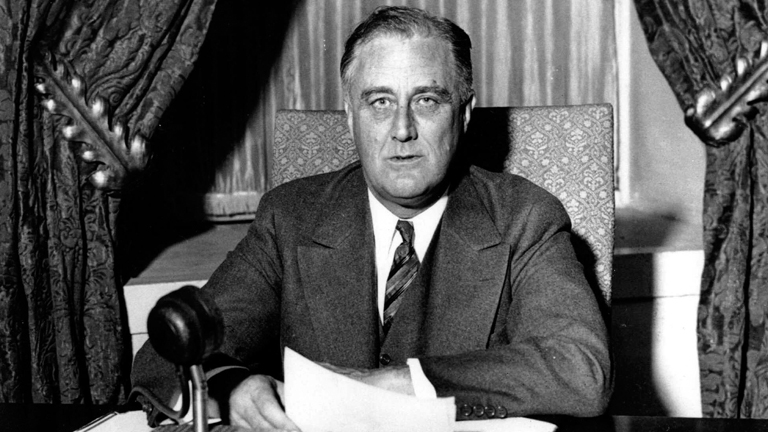
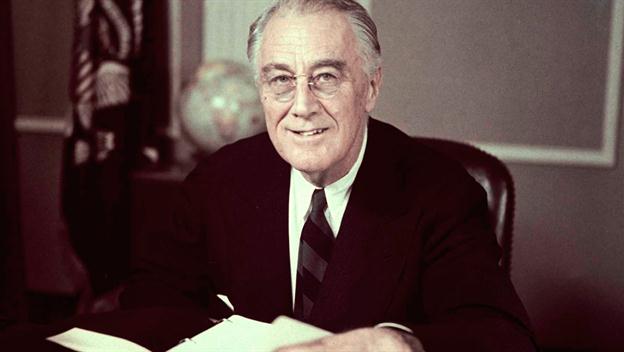

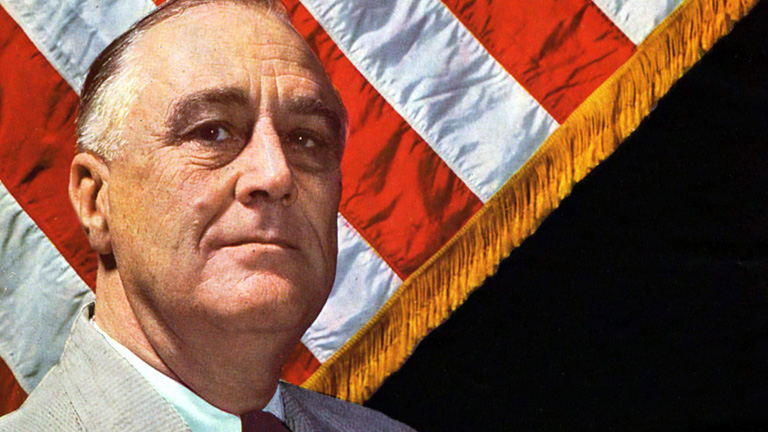
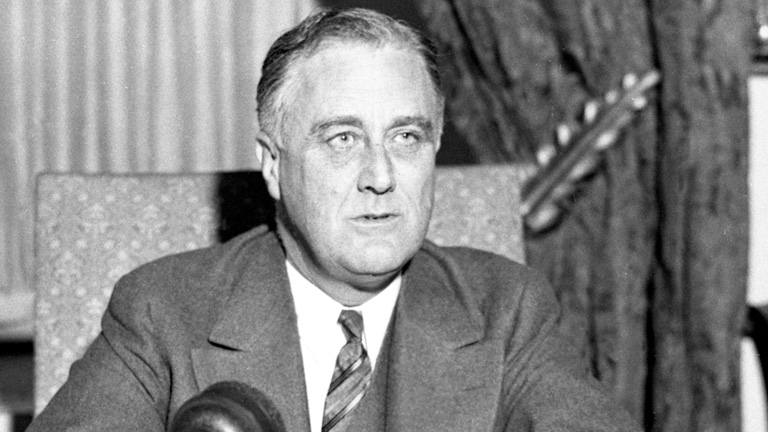
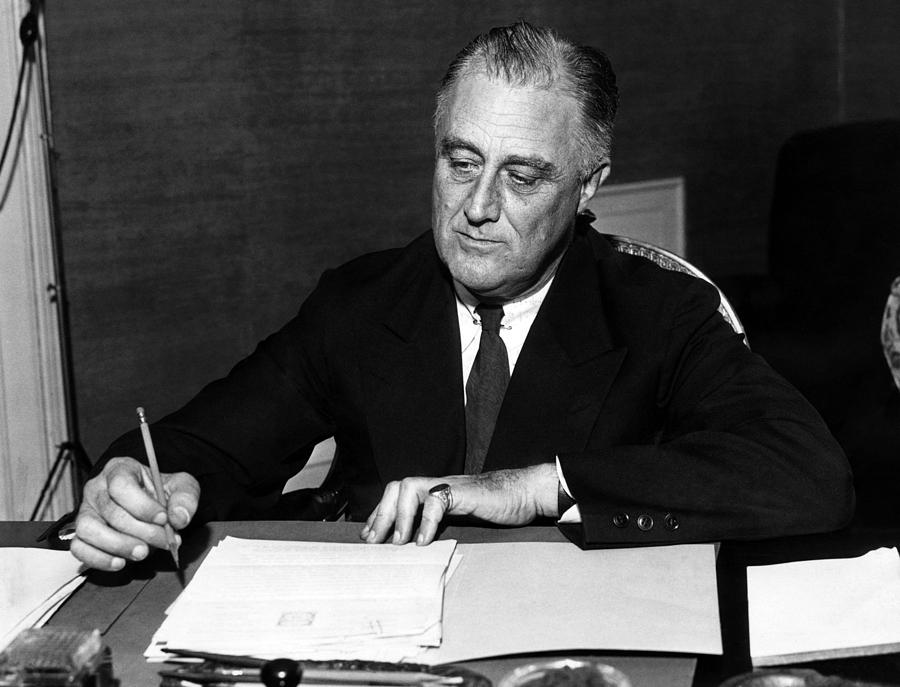



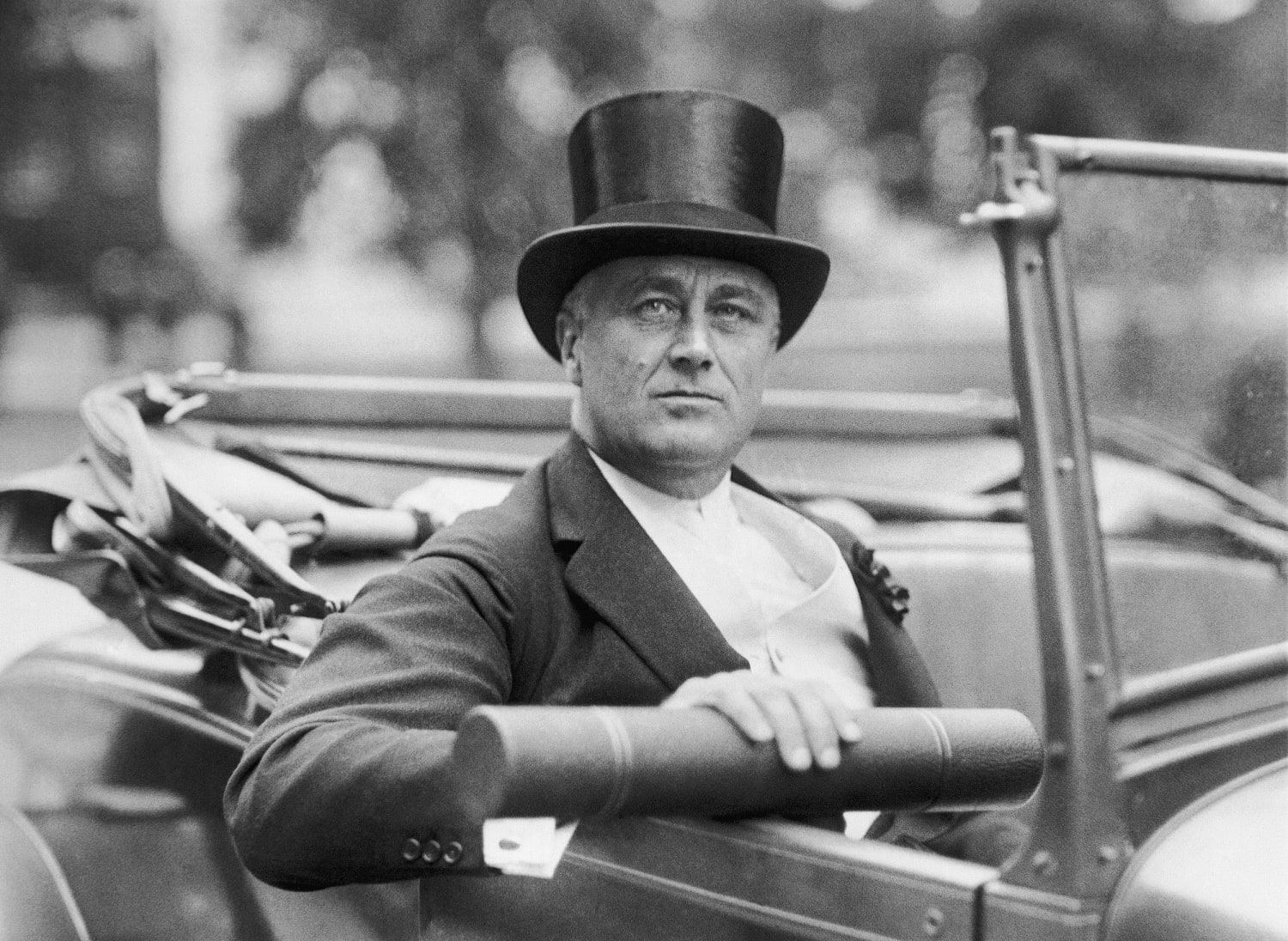

 by Mike Adams, Health Ranger -
by Mike Adams, Health Ranger - 